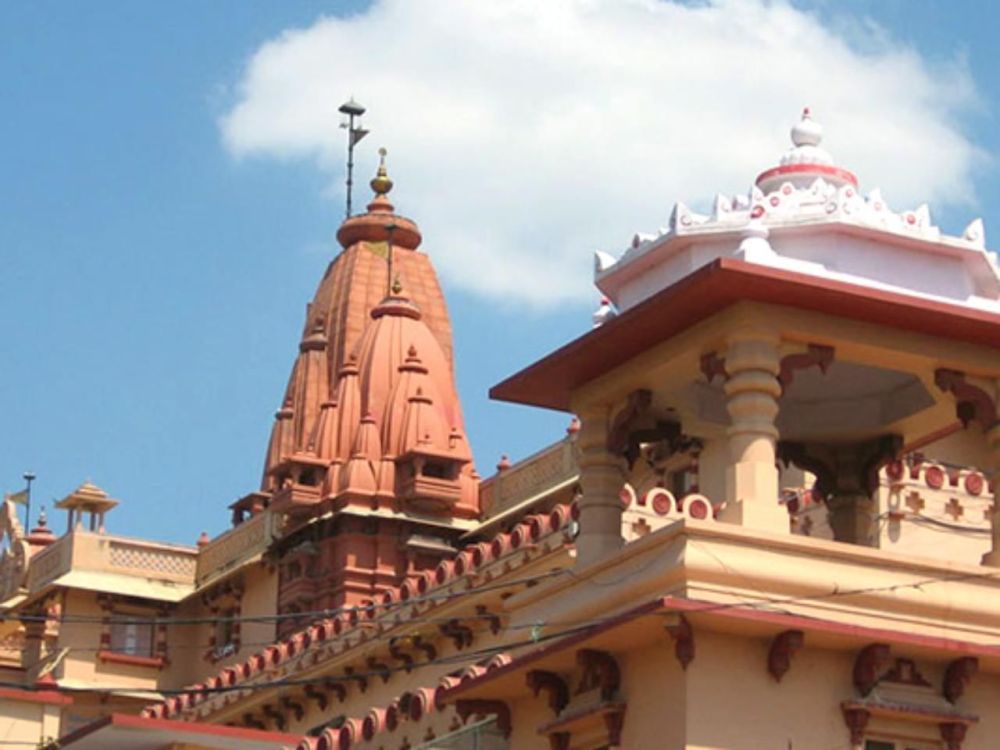

Situated in the sacred city of Mathura, Uttar Pradesh, the Shri Krishna Janmabhoomi Temple is revered as the birthplace of Lord Krishna, an incarnation of the deity Vishnu. This auspicious site is a beacon for pilgrims and tourists from around the globe, and its tourism history is deeply entrenched with the religious significance of the area.
The city of Mathura, believed to be over 5,000 years old, has seen a flux of visitors since time immemorial, given its prominence within Hindu scriptures and its role within the epic Mahabharata. However, the region’s tourism got an organized structure with the rise of the temple structure over Krishna’s birthplace, believed to be a prison cell where his parents, Devaki and Vasudeva, were held captive by his tyrannical uncle, King Kansa.
The original temple is said to have been commissioned by Vajranabha, the great-grandson of Krishna, over the prison cell, marking it as a holy site. Since then, the temple has endured multiple cycles of destruction and reconstruction due to invasions, particularly during the Mughal era. The current structure, which stands tall today, was established by the generosity of industrialists and devotees in the 20th century.
In recent years, the site has seen a surge in tourist activity, with initiatives to improve the overall experience for visitors. The following are some of the latest trends in tourism at the Shri Krishna Janmabhoomi Temple:
The continuous upward trend in tourism at the Shri Krishna Janmabhoomi Temple is a testimony to its undying significance and the desire of people to connect with their spiritual roots while experiencing the cultural depth of India.